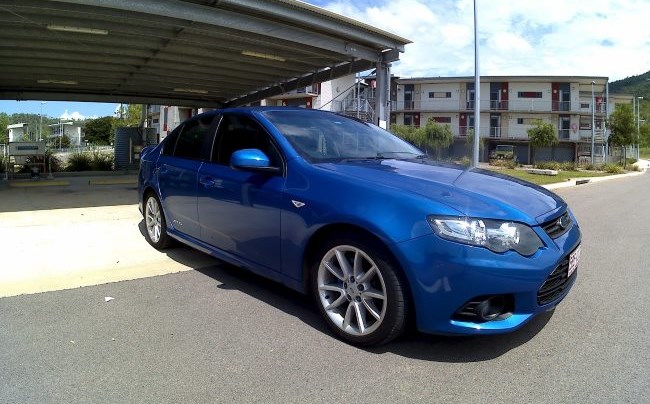
It looks like the days of a classic internal combustion engine are numbered. And the reason for this is the need to comply with environmental standards.
The Euro-6 standard, which entered into force on September 1, 2015, tightened the requirements for diesel engines in terms of the content of nitrogen oxides and residual hydrocarbons in the exhaust. The compliance with the established toxicity standards is ensured by the catalytic neutralization system, the exhaust gas recovery system, and the advanced particulate filter. From September 1, 2017, certification of new cars will be carried out according to a tougher global cycle of movement and the presence of the listed systems on diesel engines will not be enough to fulfil the established toxicity standards.
In accordance with the decision of the Commission of the European Parliament, starting from 2021, a standard of emission of carbon dioxide in the amount of 95 g / km is introduced for all cars produced instead of the current 130 g / km. This corresponds to average fuel consumption of 4.06 l / 100 km for gasoline engines and 3.62 l / 100 km for diesel engines. This level of fuel consumption is unattainable for classic internal combustion engines.
Therefore, hybrid drive structures that fully meet environmental requirements are coming to the fore. But modern hybrids are very expensive. A compromise is the so-called low - voltage hybrid system. The system is based on a 48-volt electric network, which is planned as an addition to the main 12-volt on-board network.
The main functions of the low-voltage hybrid system:
|
Function |
The effect |
|
Braking energy recovery |
Lower fuel consumption |
|
Start-stop system |
Reduced fuel consumption; Emission reduction |
|
Create extra torque |
Support for ICE in transient modes; Emission reduction |
|
Power supply for high power electrical components |
Empowerment Lower fuel consumption |
The use of a low-voltage hybrid system in automobiles can reduce carbon emissions by 10-15%. A low-voltage hybrid with a diesel engine reduces nitrogen oxide emissions by 20%, and together with a catalytic neutralization system - by 80%. Fuel economy can reach from 13 to 21%.
Today, several leading manufacturers, including Bosch, Continental, Delphi, Ricardo, Valeo, are engaged in the development of low-voltage hybrid systems. Currently, most automakers have decided to implement, and Audi, Honda, Ford, Kia, Renault, Volkswagen are already installing a low-voltage hybrid system on their cars. According to the forecast, by 2020, 25% of new cars will have a hybrid drive, and half of them will use a 48-volt electric network.
The typical design of a low-voltage hybrid system consists of the following main elements included in a 48-volt electrical network: a starter-generator, an inverter, a DC-DC converter, and a 48-volt battery.
The starter-generator is the main structural element of the system. It works in two modes - as a generator and as a starter (more precisely, as an electric motor). In the generator mode, electric energy is created, which allows you to completely abandon the traditional 12-volt generator. Starter mode is used to create additional torque when the car is moving. As a starter-generator, synchronous and asynchronous electric AC machines are used.
The specific type of electric machine is determined by the design of the hybrid installation. There are several structural schemes of a low-voltage hybrid power plant:
The starter-generator is installed on the crankshaft of the internal combustion engine.
The simplest and, therefore, while the most common starter-generator integration scheme is to connect it to an internal combustion engine using a belt drive.
The operation of the starter-generator is provided by a bi-directional inverter. It converts the direct current of the battery into three-phase alternating current. During energy recovery, the inverter converts the alternating current into direct current charging the battery. By design, the 48-volt inverter is similar to the high-voltage inverter, which is used in full hybrids and electric vehicles.
A DC / DC converter is used to transfer energy between 48-volt and 12-volt electrical networks. For a 12-volt electrical network, it replaces the generator.
Each network has its own battery: a 48-volt lithium-ion and a 12-volt lead-acid battery. A 48-volt battery serves to power powerful devices: an air conditioning compressor, a water pump, electromechanical rotary shock absorbers, active suspension, etc. A 12-volt battery provides energy for a lighting system, a security system, and an infotainment system.
If you have an old hybrid car that you are looking to sell or it is damaged and no one will pay for it, you can consider Sydney Car Buyer as a potential buyer. Contact us today and get cash for your car.
| < Prev | Next > |
|---|




